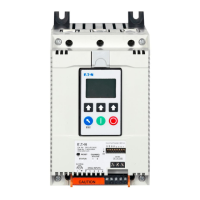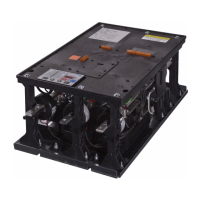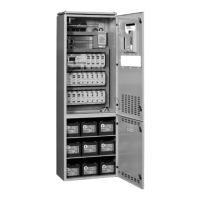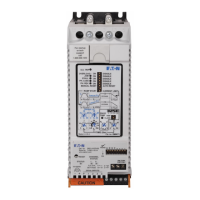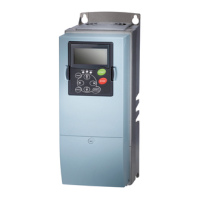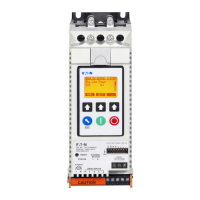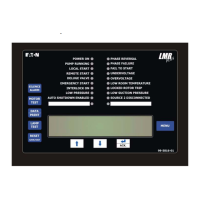System Operation
Copyright © 2007-2018 Eaton Corporation. All Rights Reserved.
IPN 997-00012-03 B2 Issue B2 July 2018
85
Analog Inputs
The analog inputs (AI) monitor variable dc voltages (bus voltage sense, general purpose analog
inputs, current sensors or temperature sensors). See Specifications on page 129 for details.
Generally, the system analog inputs (as indicated by the "Function" field) are configured at the
factory and do not need to be changed.
► To configure an analog input
1 On DCTools/web, go to Analog Inputs. Expand the Analog Inputs table.
The table shows the maximum number of analog inputs. The actual number of analog inputs
available depends on the number of I/O boards or modules connected.
2 Select an Analog Input. The analog inputs are mapped to specific I/O connectors and are of
three types (voltage/general purpose, current or temperature). See mapping tables on page
145.
If needed, more than one analog input can be mapped to the same connector so that the sensor can
trigger more than one Analog Input High and/or Low Alarm. In this case, no more than one
analog input can be assigned to a system function.
3 Configure the following parameters to suit the application.
To change a setting, double-click and select from drop down list or edit the text.
Parameter Setting
Status Set to Enabled.
Name Type the name of the input or use the default value.
Function Set to User Defined, or to a particular system function if the input is to be
associated with that function.
Function Index Where Function is set to Fan Temperature or Smart Analog, this specifies which
input applies.
Units Select the units to match the type of analog value.
IOB Number The number of the I/O board or module.
Generally, do not change this mapping. See point 2.
IOB AI Number The number of the AI on the I/O board or module.
Generally, do not change this mapping. See point 2.
Gain A scaling factor applied to the raw measured value.
Offset A fixed value added to the raw measured value (after any Gain is applied).
Group Set to 0 unless using Groups in PowerManagerII. Refer to PowerManagerII
online help.
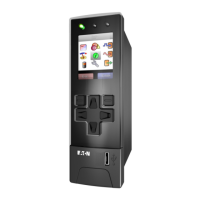
